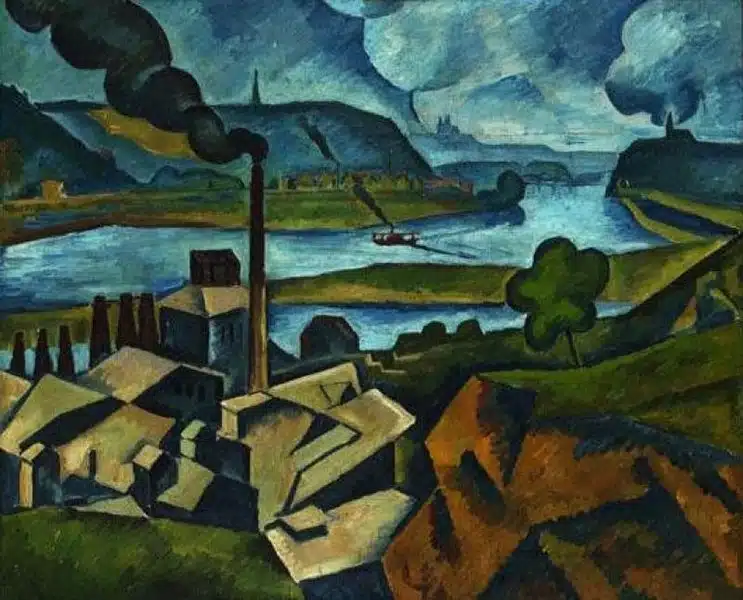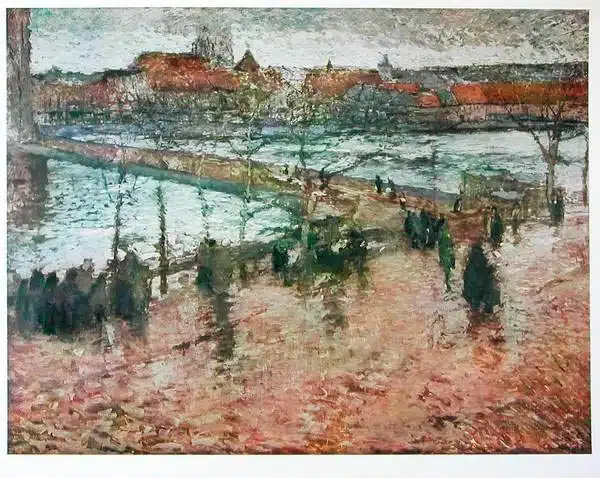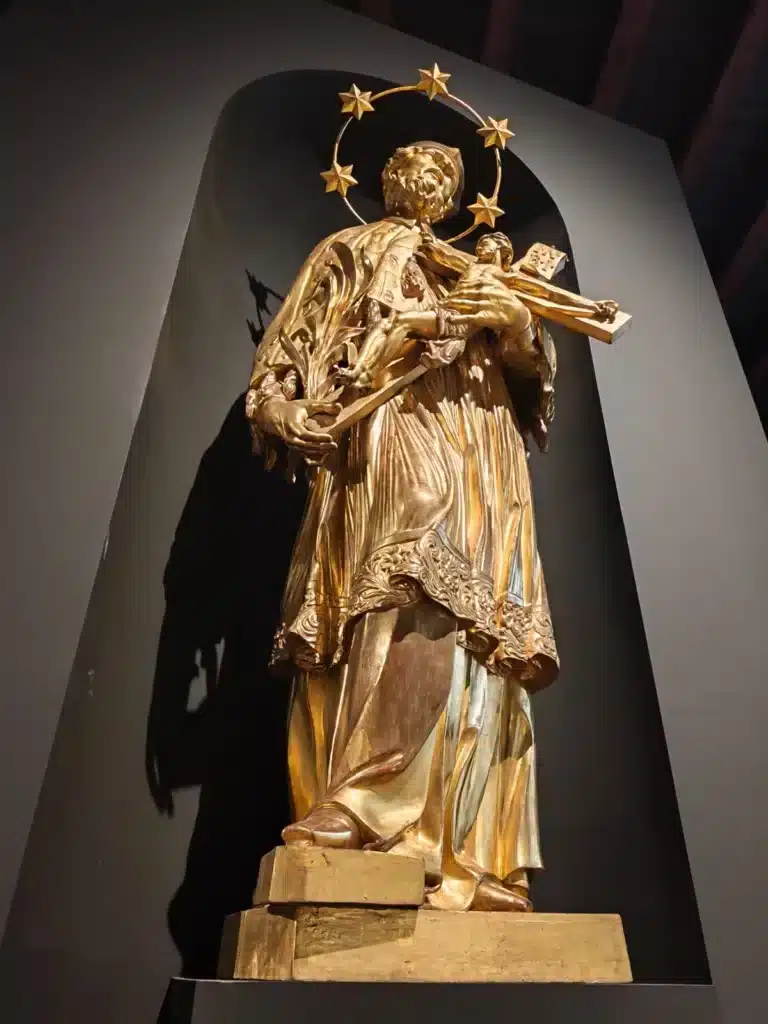You can enrich your wanderings through damp autumnal Prague by visiting the exhibition “Vltava Famed & Flowing”, held in the historic Riding Hall of Prague Castle, not far from the bridge over the Jelení příkop.
Marking the 150th anniversary of Bedřich Smetana’s symphonic poem The Vltava (Moldau), which you surely know well, the authors pay tribute to the river that occupies an important place in Czech national mythology.
If you study Czech or wish to immerse yourself in Czech culture, this is a wonderful opportunity!
The exhibition focuses not only on Smetana’s music, which you can hear in various recordings, but also on the river itself and everything connected to it.
Did you know, for instance, that the name Vltava comes from the Celtic words Wild Ahwa, meaning “wild, untamed river”?
Let’s take a virtual walk through the exhibition. As we move through the displays, we follow the course of the river.
Right at the entrance, we are captivated by an exhibit linked to a symbolic gesture — a vase representing the source of the Vltava, made by the renowned Czech glass company Lasvit.
Before the exhibition opened, real water was collected from the Vltava’s spring and passed from person to person, each carrying it along or on the river in different ways until it reached Prague Castle.
There, the First Lady ceremonially poured the spring water into the vase, officially inaugurating the exhibition.
We now find ourselves in the Šumava region, celebrated by many Czech artists such as Josef Mařák and Josef Váchal, as well as in literature.
Next, we sail past the Vyšší Brod Monastery, founded by the Cistercian monks on the Vltava’s bank in the 13th century, and admiring the region’s beauty — from cliffs and forests to mills and even industrial sites such as a cement plant painted by the Czech cubist Bohumil Kubišta.

Most artworks, however, depict the river as it flows through Prague.
Here we can admire several paintings by Antonín Slavíček, such as his view of Elisabeth Bridge.

We also encounter depictions of various vessels — rafts, boats, barges, and ships for special cargoes — including the lovely painting On the Embankment by Jakub Schikaneder.
Equally valuable are works that document historical reality: Prague districts before their demolition, such as Podskalí, or the construction of bridges that gradually shaped the city’s landscape. It’s also a chance to test yourself — how well do you actually know Prague?
As we move further through the exhibition, the focus shifts from the river’s physical form to its symbolic power. The Vltava played a key role during the Czech National Revival in the 19th century, embodied in numerous allegorical statues personifying the river — among them the Art Nouveau sculpture by Stanislav Sucharda.

From there, the exhibition flows seamlessly into themes of myth and material — a special section presents pearls, gemstones, and even gold once extracted from the Vltava’s waters, while another explores the cult of Saint John of Nepomuk, the river’s patron saint and protector.

Overall, the scope of the exhibition is impressively broad, ensuring that everyone will find a topic to connect with — and perhaps a favorite artifact to remember.
Thematic sections range from Floods a River Regulation to Occupations Connected with the River (rafters, washerwomen), and even Legends, Fairy Tales, and other historical curiosities that reveal how deeply the Vltava flows through Czech imagination.
Visitors learning Czech will find the Vltava exhibition in Prague an inspiring journey through the language, music, and culture of the Czech Republic. With rich bilingual captions in Czech and English, they can expand their vocabulary while discovering cultural phenomena essential to understanding Czech identity.


